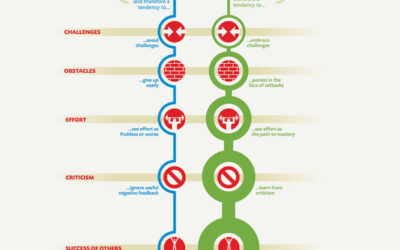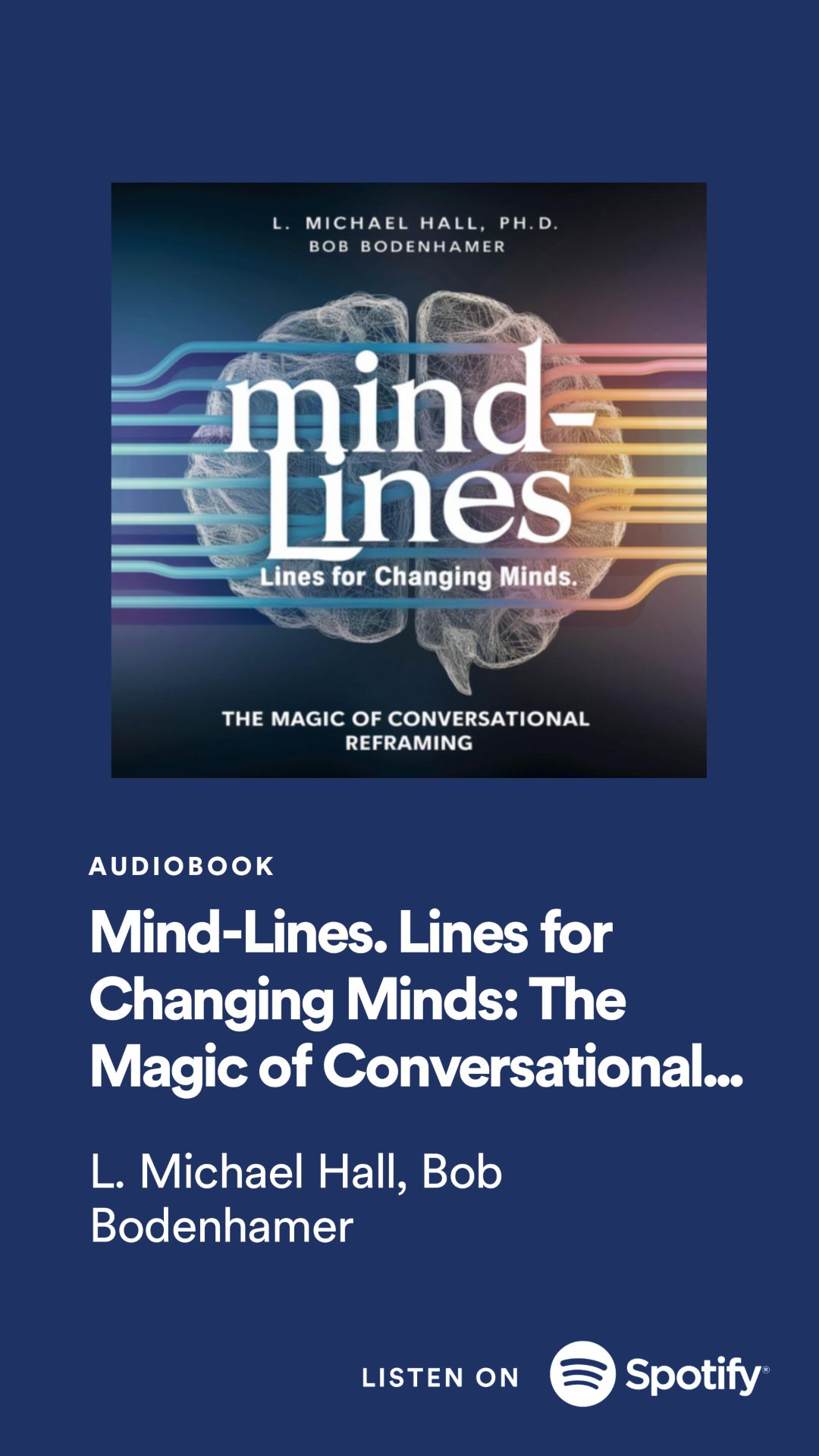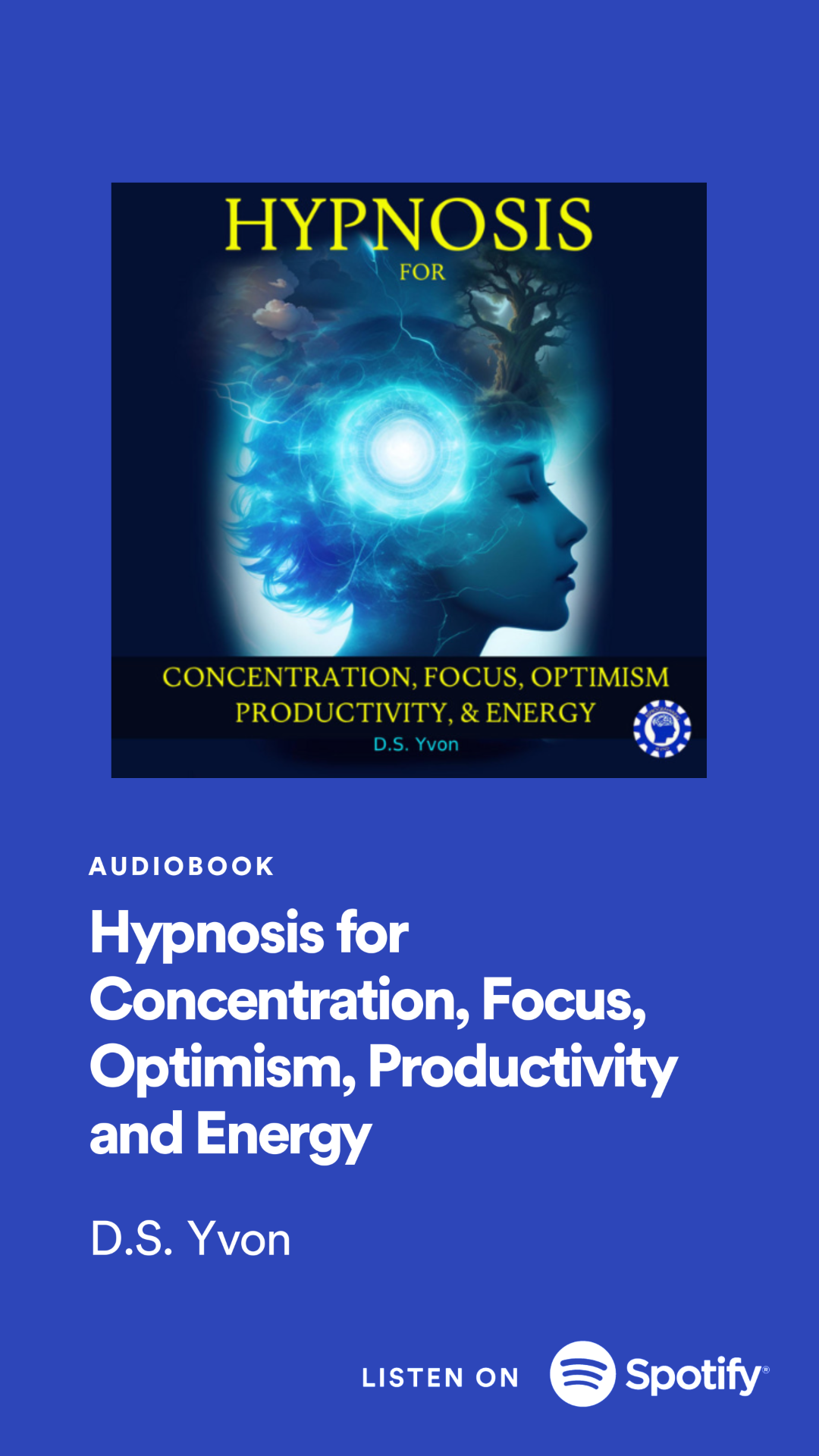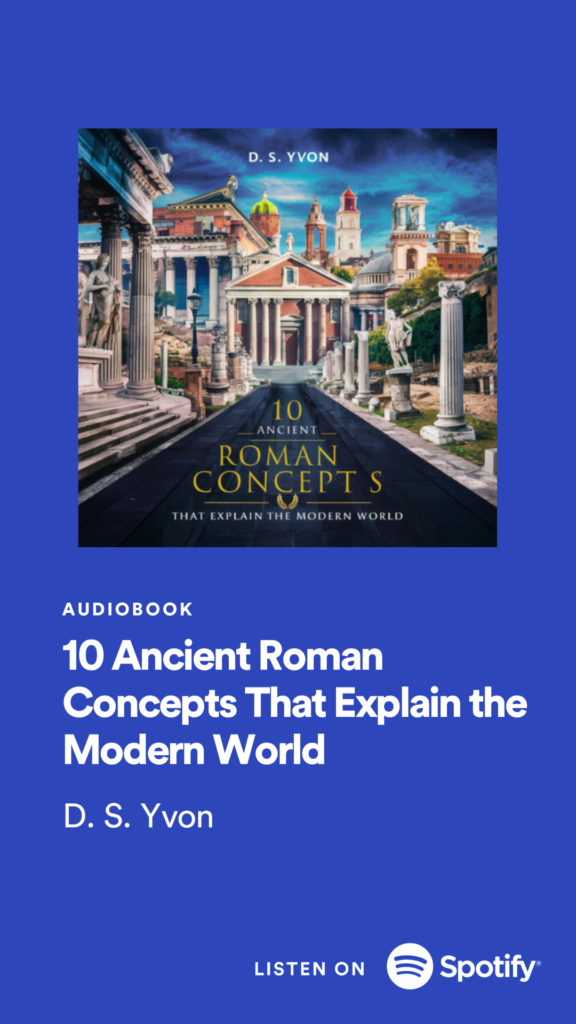The role of CREB (cAMP response element-binding protein) differs between memory reconsolidation and memory extinction in several key ways:
Activation Patterns
1. Reconsolidation:
- CREB activation, particularly phosphorylation at Ser133, occurs in both the hippocampus and amygdala.
- This activation is typically observed after brief memory retrieval (e.g., 3-minute re-exposure to the context).
2. Extinction:
- CREB phosphorylation is observed in the amygdala and medial prefrontal cortex (mPFC)[1].
- This activation pattern is seen after extended memory retrieval (e.g., 30-minute re-exposure)[1].
Temporal Dynamics
1. Reconsolidation:
- CREB activation in the amygdala follows a specific time course during reconsolidation[1].
2. Extinction:
- The time course of CREB activation in the amygdala differs from that observed during reconsolidation, suggesting distinct activation mechanisms[1].
Hippocampal Involvement
1. Reconsolidation:
- Hippocampal CREB activation, including phosphorylation and target gene expression (e.g., c-Fos and Arc), is observed[1].
2. Extinction:
- Hippocampal CREB activation is not observed once extinction learning is completed[1].
- Extended retrieval for extinction appears to inhibit CREB-mediated transcriptional activation in the hippocampus[1].
Functional Requirements
1. Reconsolidation:
- CREB-mediated transcription is necessary for the reconsolidation of contextual fear memory[1].
2. Extinction:
- CREB activation is also required for the long-term extinction of contextual fear memory[1].
Molecular Signatures
1. Reconsolidation:
- Associated with the internalization of GluA2-containing AMPA receptors in the amygdala[3].
2. Extinction:
- Characterized by decreased CREB phosphorylation in the amygdala[3].
Behavioral Outcomes
While both processes involve CREB activation, they lead to different behavioral outcomes:
1. Reconsolidation:
- Typically reinforces or updates the original memory[2].
2. Extinction:
In summary, while CREB plays a crucial role in both reconsolidation and extinction, its activation patterns, temporal dynamics, and regional involvement differ between these two processes. These CREB distinctions contribute to the opposing outcomes of memory strengthening in reconsolidation versus memory inhibition in extinction.























